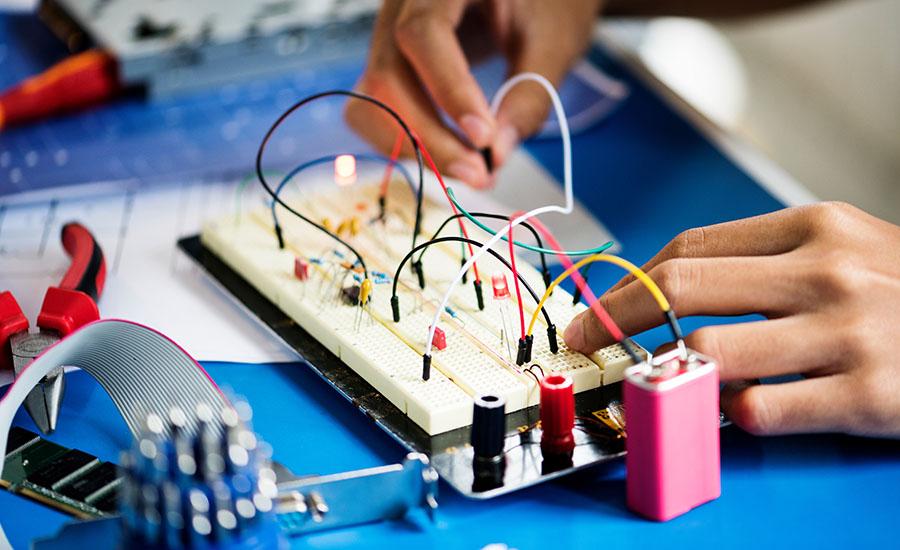
Clever Scientist: Electric Circuits
This STEM lesson is designed to explore electrical circuits and engage in a hands-on activity to create, label, and identify the differences between parallel and series circuits.
Students will develop and use a model that explains how energy is moved or transferred from place to place through electric currents. While they construct circuits to create electricity, they will be analyzing, collaborating and communicating effectively with their partners to complete an engineering design challenge. At the end of this unit, students will be able to independently identify complete and incomplete circuits, suggest ways to fix incomplete circuits, identify parts of a circuit, and create a circuit.
Lesson Grade Level
4th GradeLesson Plan Link/URL
https://docs.google.com/presentation/d/19lO67saEwWZ_hwYn7mUx7xefvg0TlUWnw3aJp_9…Subject Area
Science Physical Science P4: Energy Transfer Engineering S2: Apply the Engineering Design Process S4: Apply Science to Engineering Mathematics Measurement and Data (MD) English Language Arts (ELA) Reading (Informational Text) Writing Speaking & ListeningRelated Content

Students will create flying helicopter models to change the movement and motion by changing different variables. Changing the movement of an object requires a net force to act upon it. This lesson

This lesson is simple lesson plan for 4th grade students. It will challenge students to investigate and demonstrate that electricity is a flow of electrons around the circuit. This lesson will be 50

This is a lesson designed for 4th and 5th grade. It would come at the end of the unit on Force and Motion. It describes a wonderful machine called a Rube Goldberg Machine. This lesson includes an ELA